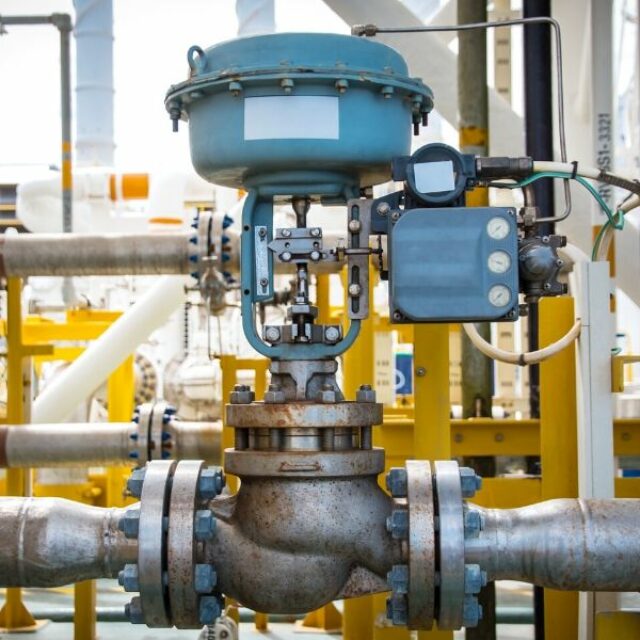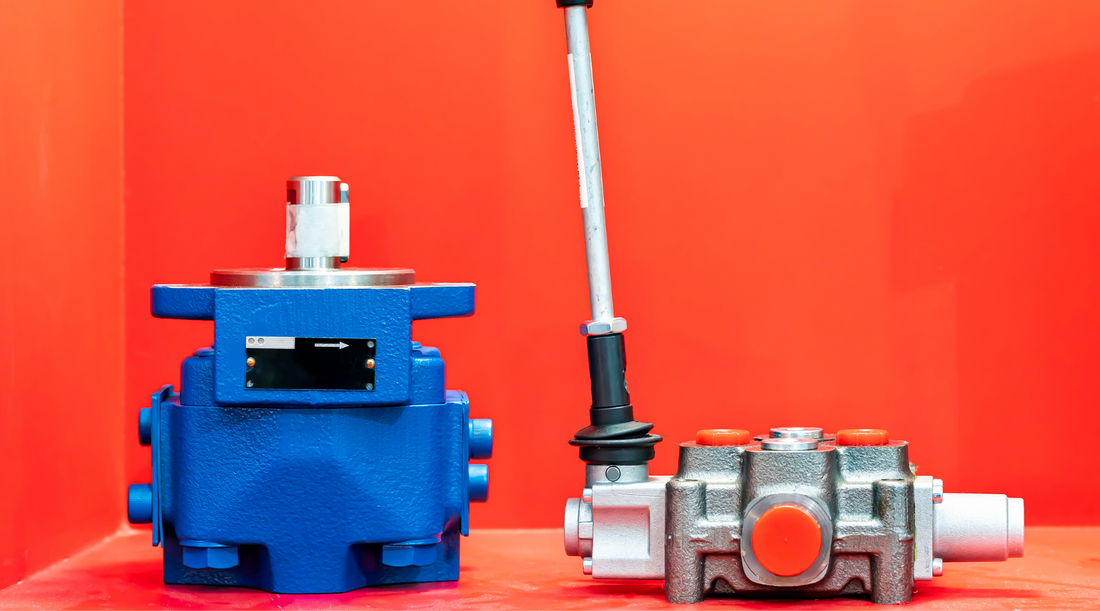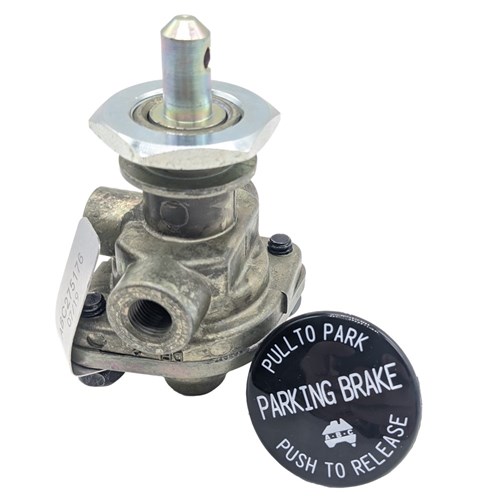Choosing the Right Control Valves: A Guide to Optimal System Performance
Choosing the Right Control Valves: A Guide to Optimal System Performance
Blog Article
Achieve Seamless Assimilation and Control With Quality Building Automation Controls
In the world of modern-day structure management, the value of quality building automation controls can not be overstated. Embracing top quality building automation controls is not just a matter of benefit but a calculated important for organizations intending to enhance their facilities' efficiency and sustainability.

Evolution of Building Automation Controls
Throughout the past couple of years, the development of building automation controls has significantly transformed the way structures are taken care of and operated. At first, building automation systems largely concentrated on standard functions such as regulating ventilation, air, and heating conditioning (A/C) systems. As innovation advanced, these controls have become extra innovative, permitting for a wider variety of structure systems to be integrated and managed centrally.
The evolution of developing automation controls has seen a shift in the direction of even more smart systems that can adjust to changing problems in real-time. This flexibility is vital for maximizing energy effectiveness and making sure owner comfort. Additionally, modern-day structure automation controls currently use features such as predictive maintenance, remote monitoring, and information analytics, allowing facility supervisors to make data-driven choices to enhance building efficiency.

Advantages of Top Quality Assimilation
The advancement in structure automation manages towards more intelligent systems has highlighted the considerable advantages of top quality assimilation in optimizing building operations and boosting total performance. Quality integration of building automation controls provides several key advantages. It leads to boosted power effectiveness by permitting different systems to function with each other flawlessly, making sure ideal efficiency and lowering energy wastage. Top quality integration improves resident convenience and performance by enabling personalized control over ecological settings like lights, temperature, and air top quality. This personalization can result in an extra conducive and comfortable working or living environment. In addition, quality assimilation streamlines maintenance and fixing procedures, as all systems are adjoined and can be checked and managed from a centralized user interface. This centralized control also provides much better presence and understandings into building efficiency, making it possible for positive upkeep and optimization approaches. In general, the benefits of high quality assimilation in structure automation controls are indisputable, using raised performance, comfort, and operational performance.
Enhanced User Experience and Ease Of Access
Enhancing individual communication with building automation regulates via user-friendly layout and boosted access boosts the total experience for occupants and center supervisors alike. By concentrating on individual experience, constructing automation systems can come to be extra user-friendly and effective. Instinctive user interfaces, clear navigating, and personalized settings encourage individuals to interact with the controls easily and effectively.
Access attributes play an important role in making certain that all individuals, including those with handicaps, can make use of the building automation controls with convenience. Integrating attributes such as voice commands, responsive buttons, and color-contrasted display screens can improve ease of access and make the controls extra comprehensive.
Furthermore, boosted user experience brings about higher customer complete satisfaction, increased efficiency, and better decision-making. Passengers can change ecological setups according to their choices, while facility supervisors can effectively monitor and handle building systems - control valves. Overall, focusing on individual experience and availability in structure automation controls adds to a more smooth and effective structure environment for all stakeholders included
Lasting Practices Via Automation

In addition, automation can promote the assimilation of renewable power resources such as solar panels or wind generators into building procedures. By automatically adjusting energy usage based on the schedule of renewable resource, buildings can better decrease their dependence on non-renewable sources. This smooth assimilation of sustainable techniques not just profits the setting but additionally improves the total functional performance and cost-effectiveness of the building. Via automation, buildings can align with modern sustainability objectives and add to a greener future.
Future Trends in Structure Control Systems
In expectancy of progressing and progressing innovations sustainability techniques, the trajectory of building control systems is poised to embrace transformative approaches and innovative services. One noticeable pattern shaping the future of building control systems is the raised assimilation of Artificial Intelligence (AI) and device knowing. These modern technologies allow buildings to adapt in real-time to transforming problems, enhancing energy intake and improving comfort for passengers. In addition, the Net of Points (IoT) is reinventing building control systems by attaching sensing units and gadgets to boost and simplify procedures effectiveness.
An additional key pattern is the emphasis on cybersecurity steps to safeguard versus prospective dangers to constructing automation systems. As buildings become much more interconnected, ensuring robust cybersecurity procedures will certainly be important to guard sensitive information and prevent unauthorized gain access to.
Moreover, the change towards cloud-based platforms is obtaining energy, enabling systematized control and remote access to structure systems. This helps with easier tracking, maintenance, and updates, enhancing the general efficiency and flexibility of structure control systems. As modern technology remains to development, these trends are anticipated to visit their website form the future landscape of building automation controls, driving technology and sustainability in the built environment.
Verdict
Finally, developing automation controls have actually progressed significantly, supplying numerous advantages such as boosted user experience, accessibility, and sustainable techniques. Quality integration plays a vital function in attaining seamless control and efficient operation of building systems. Future patterns in building control systems are likely to concentrate on more improving automation capabilities for improved power efficiency and general efficiency. It is important for building owners and operators to prioritize the fostering of quality building automation manages to optimize building operations and accomplish long-term sustainability goals.
In the realm of modern building administration, my review here the importance of quality structure automation controls can not be overstated. Overall, the development of building automation regulates continues to drive advancement in the structure management industry, providing new opportunities for producing smarter and extra sustainable structures.
The improvement in structure automation controls in the direction of more smart systems has actually underscored the significant benefits of top quality assimilation in enhancing structure operations and enhancing overall effectiveness. On the whole, prioritizing user experience and access in structure automation controls contributes to a much more effective and seamless structure setting for all stakeholders included.
It is essential for structure owners and drivers to prioritize the adoption of quality structure automation regulates to enhance structure procedures and achieve long-lasting sustainability objectives. - control valves
Report this page